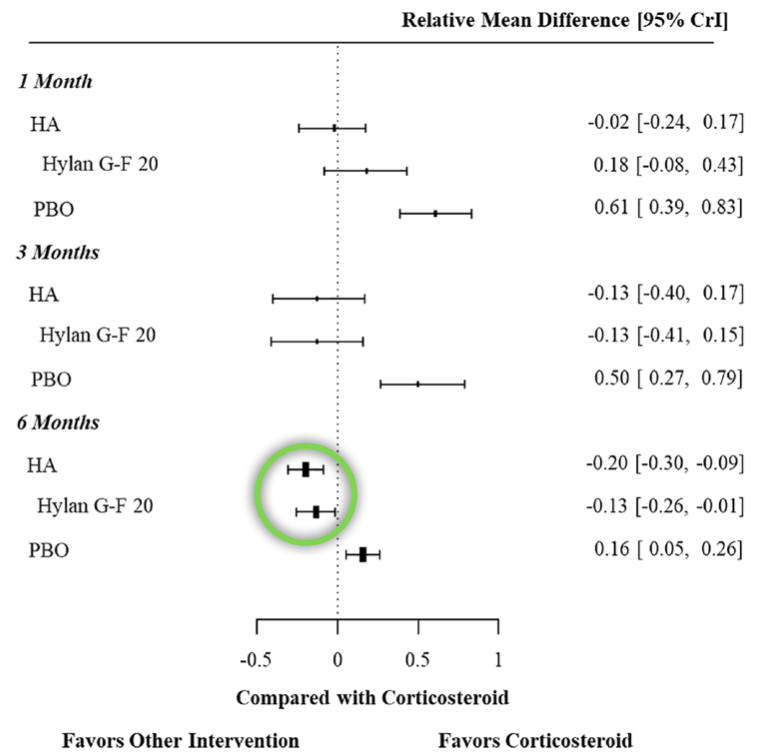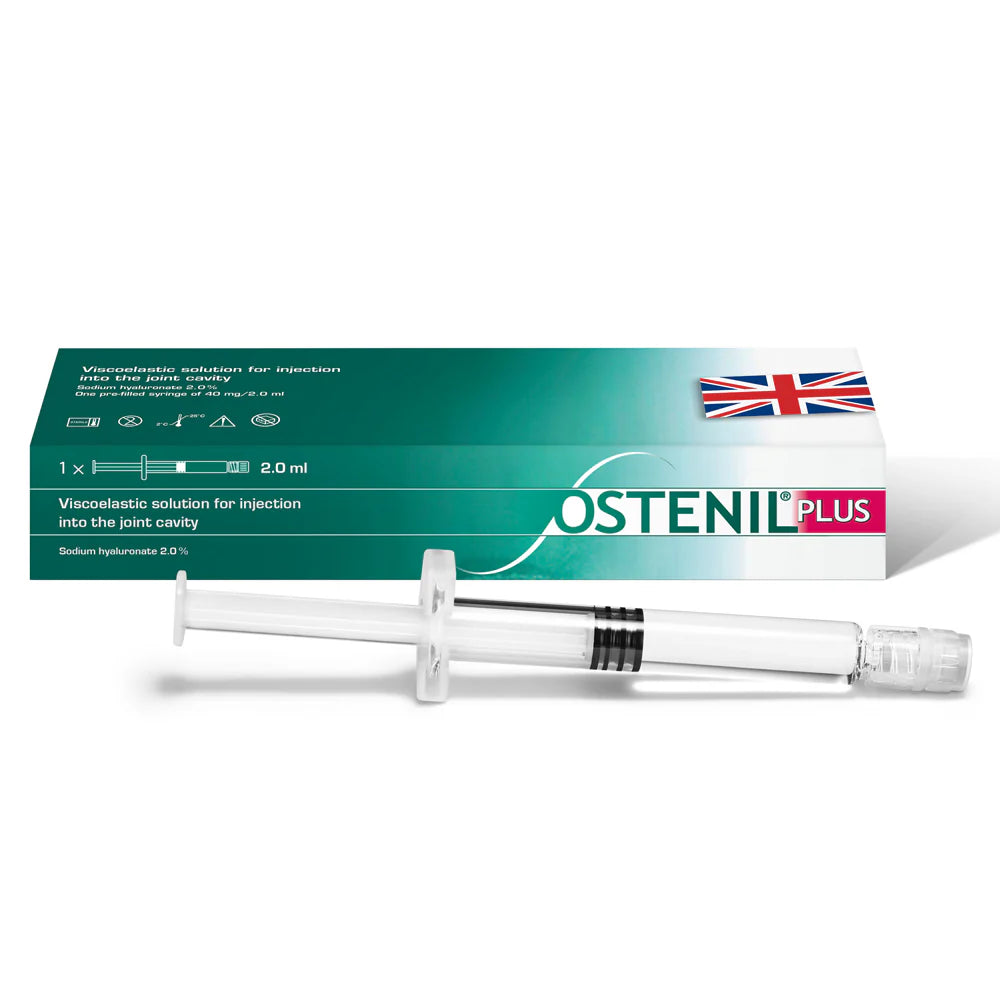
Cingal®
Hyaluronic acid injections have been shown in several studies, including meta-analyses (where data from several similar studies is combined), to be safe and provide improvements in function and pain caused by osteoarthritis (OA). The beneficial effects typically last around 6 months although for some this may be shorter or much longer. For many patients, periodic treatments with HA injections allows them to live with more manageable pain levels and improved function, allowing more invasive treatments like joint replacement to be delayed or even avoided altogether.
HA injections are used mainly for joint pain. The most common joints injected are the knee, ankle, shoulder, hip and big toe joint. However, HA can also be injected next to painful tendons (into the tendon sheath) or into the bursa that lye between tendons to improve pain caused by inflammation or impingement. Importantly injections of all nature generally work best when supported by a program of structured, and initially supervised exercise rehabilitation guided by an experienced physiotherapist.
Numerous studies have investigated the efficacy of HA injections in knee OA, with several systematic reviews and meta-analyses providing valuable insights. For example, a meta-analysis by Bannuru et al (2015)* examined 7 eligible trials including 606 patients and concluded that 8 weeks after HA injection, patients reported significant pain relief and improved function compared to steroid injection.
More recently Zhu et al (2023) examined the use of HA for hip OA in a systematic review of 40 studies totalling 3350 patients. Although there were some concerns about the quality of studies included in this review, the authors concluded that there is evidence to suggest that HA injection into the hip joint improves patient-reported pain and function. Clearly, an important next step is for further higher quality research to be performed to enable regulatory bodies like NICE to make their recommendations.
*Bannuru, R. R., et al. (2015). Therapeutic trajectory of hyaluronic acid versus corticosteroids in the treatment of knee osteoarthritis: a systematic review and meta-analysis. Arthritis & Rheumatology, 67(11), 331-340.
**Zhu J, Lim A, McCaskie AW, Khanduja V. Viscosupplementation Is Effective for the Treatment of Osteoarthritis in the Hip: A Systematic Review. Arthroscopy. 2023 Nov 23:S0749-8063(23)00939-8. doi: 10.1016/j.arthro.2023.11.010. Epub ahead of print. PMID: 38000487.


